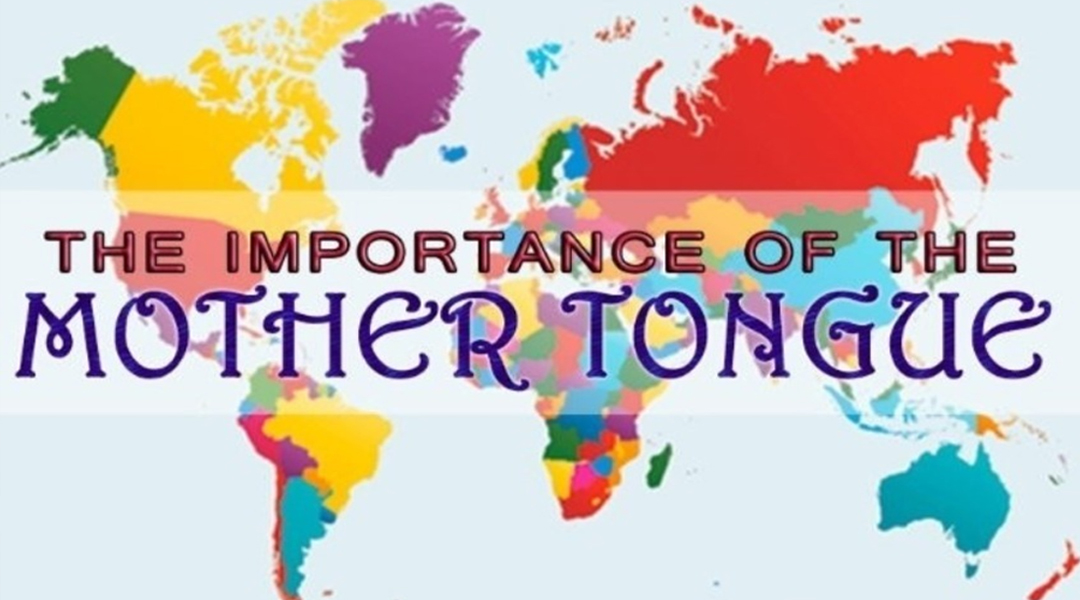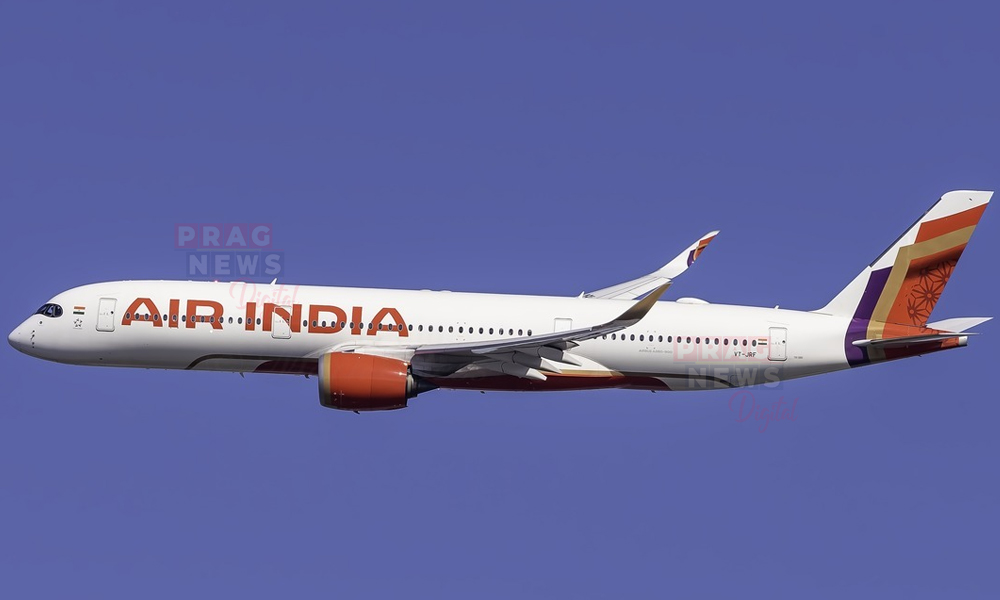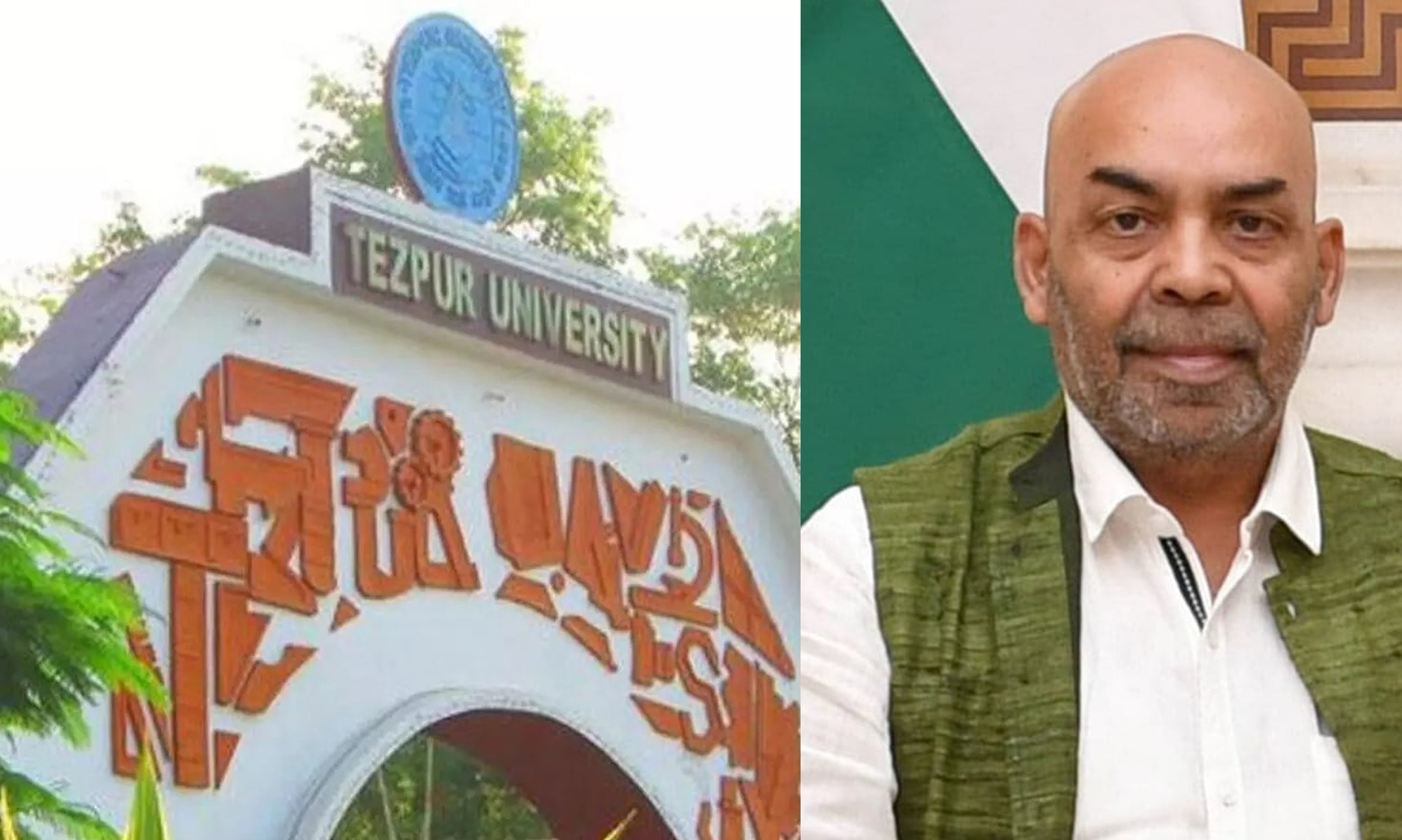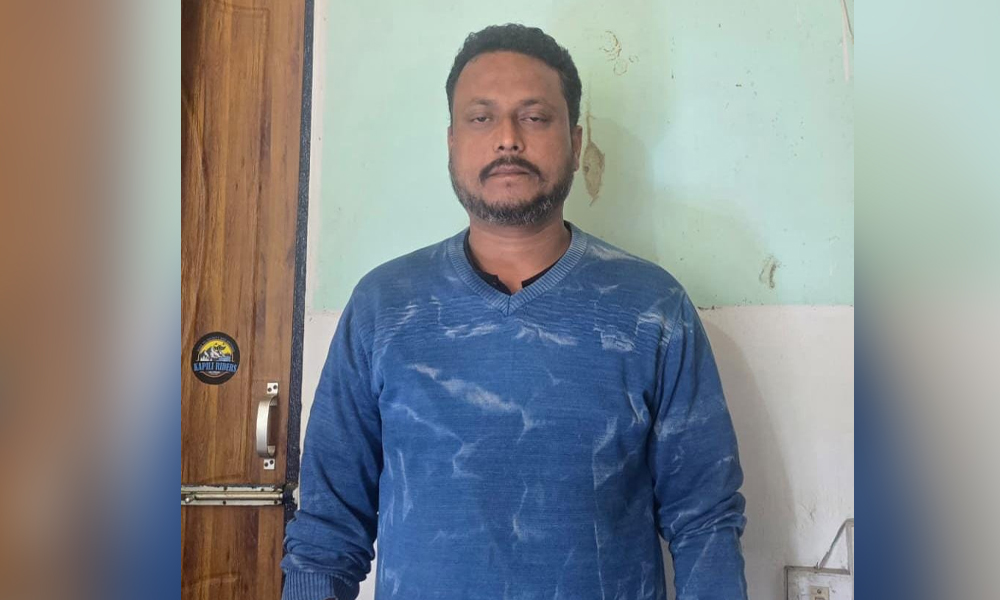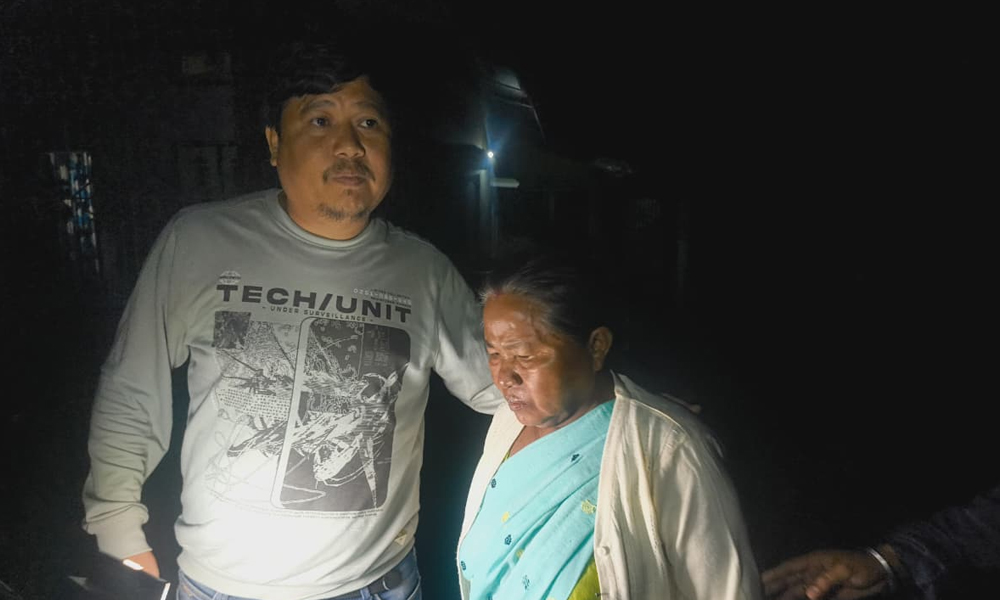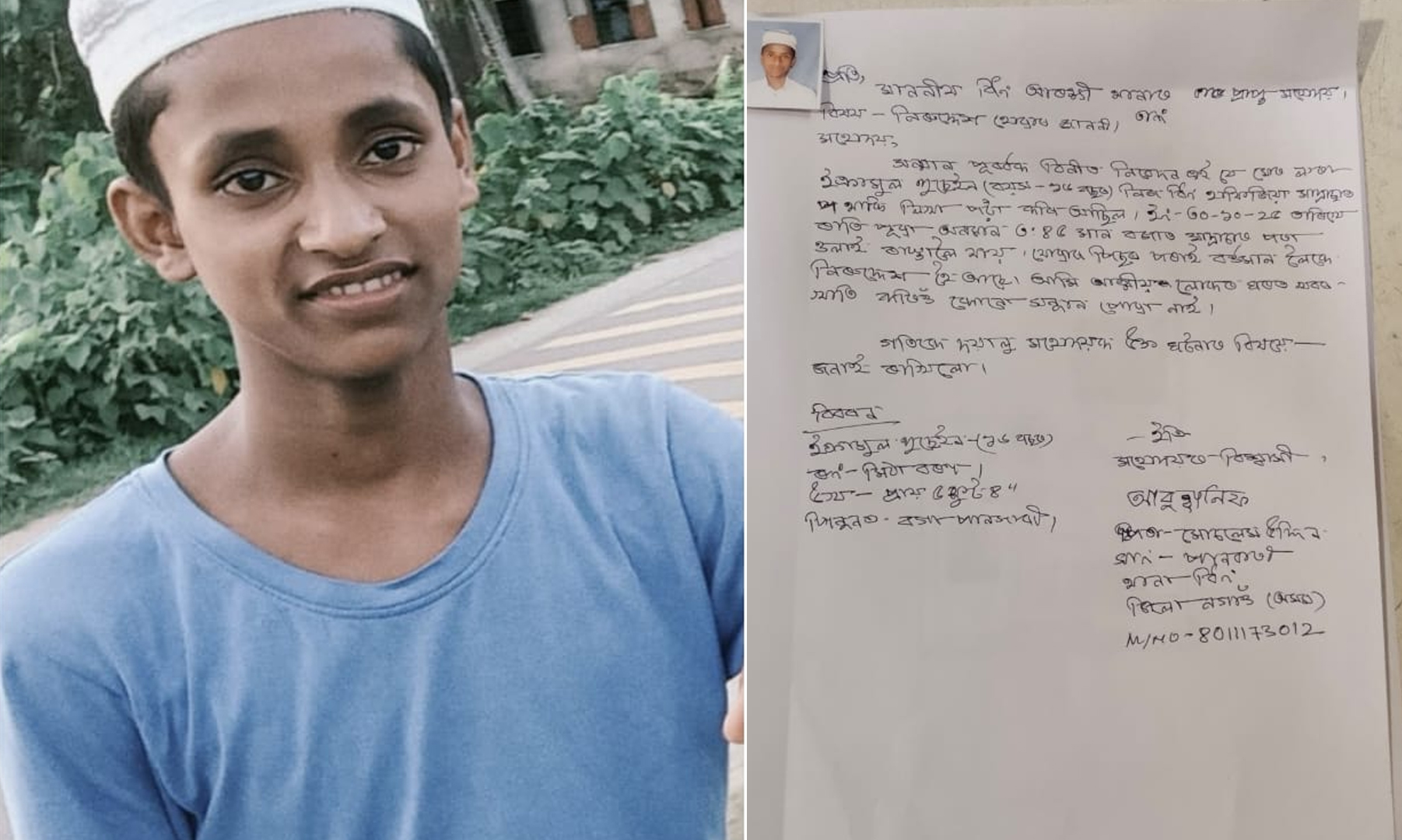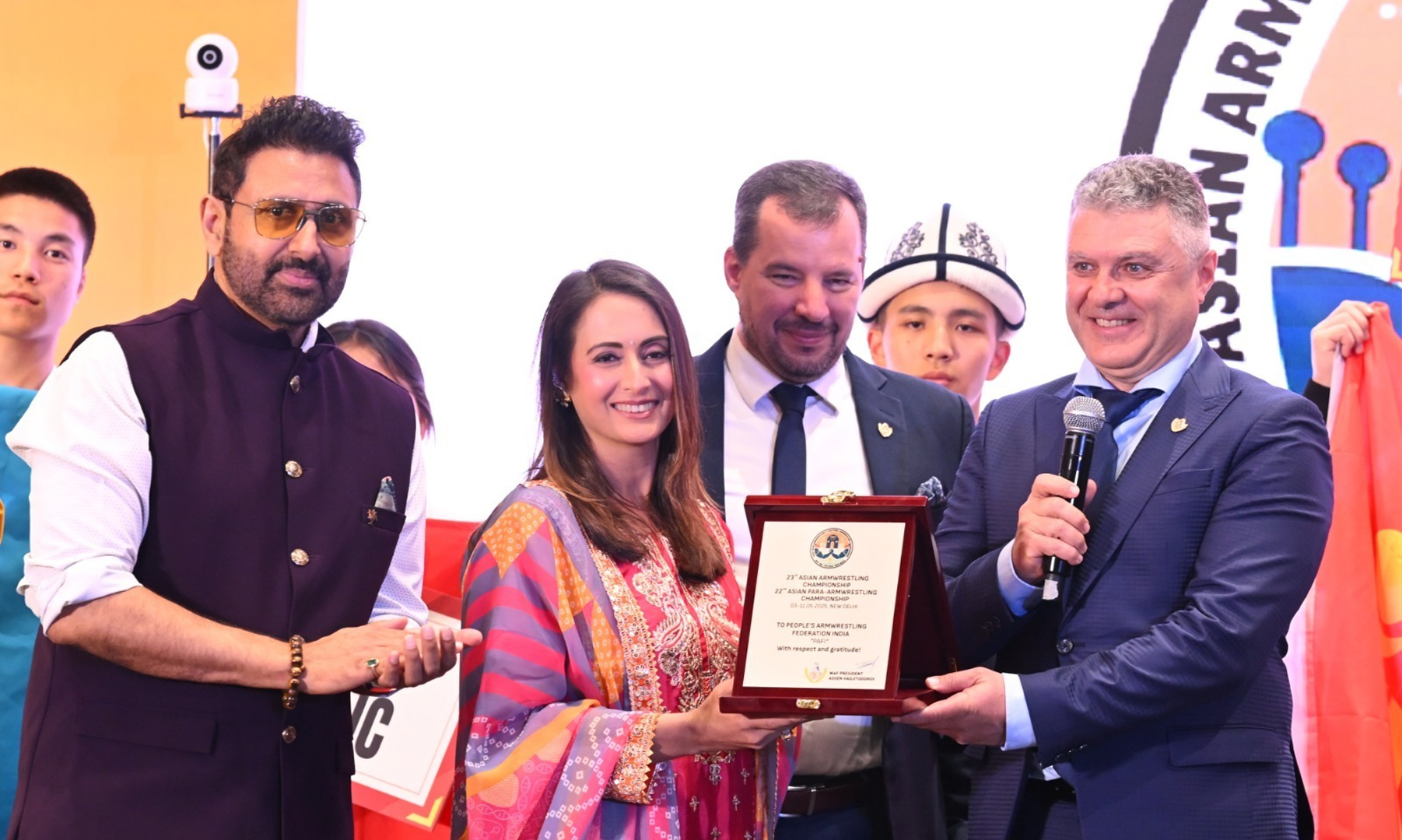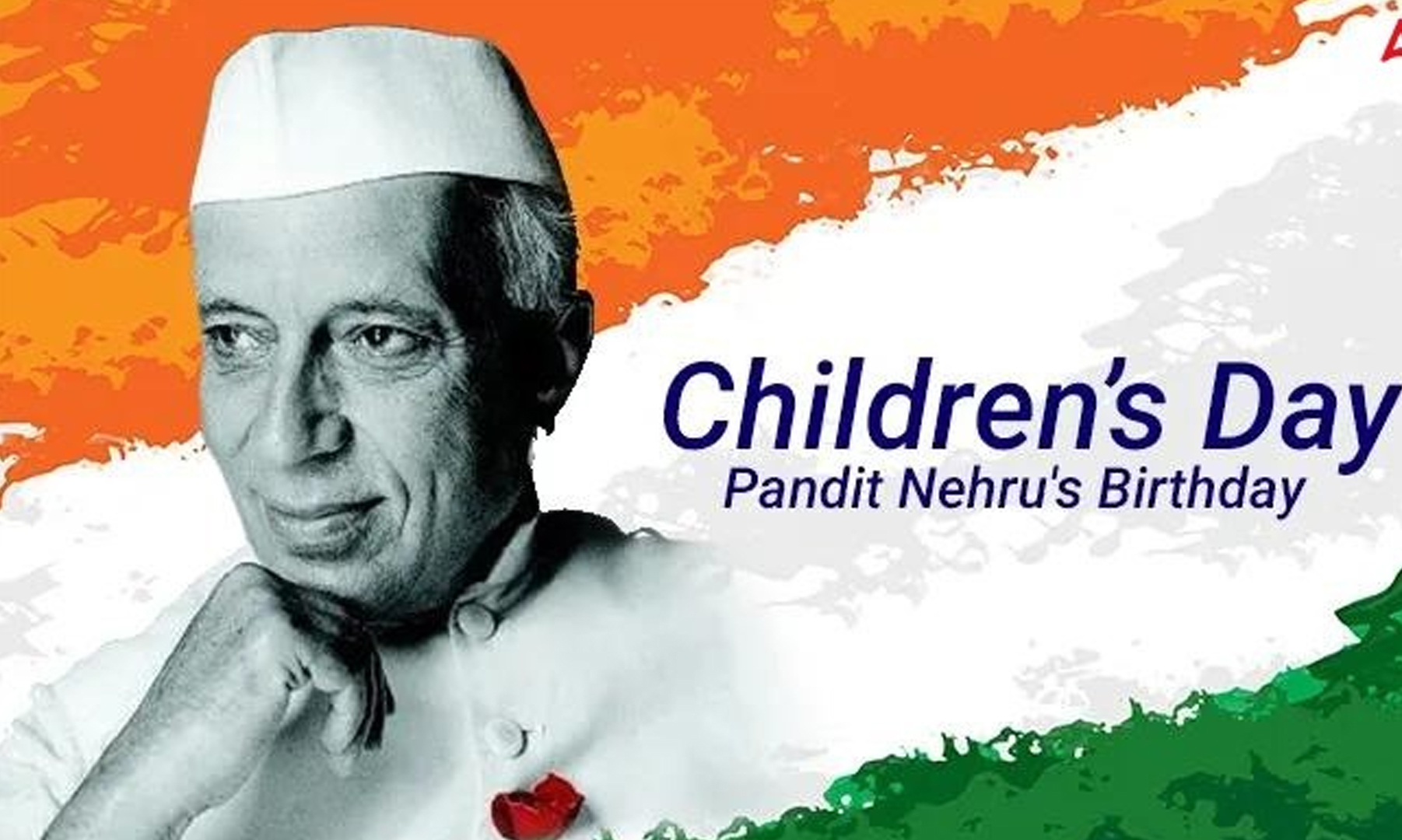Despite such initiatives, many parents still associate English fluency with better academic and career opportunities
Digital Desk: Following a recent circular issued by the CBSE, encouraging the use of mother tongues as a medium of instruction in the early years of schooling, schools in Delhi-NCR have started drawing a language map of their students. The results have pointed out to an incredible linguistic diversity, where 10 to 20 different languages, including the Hindi, were used in classrooms.
The majority of CBSE schools in the region are English-speaking, and starting in Class 1, a second language is taught (Hindi, Sanskrit, or Urdu), and later a third, usually foreign or regional, in Class 6. Even though English is still used as the preferred language since it is demanded by the parents, in most schools, Hindi is informally used at lower classes in a bid to facilitate understanding.
In order to back up the directive that was given by the CBSE, the schools are looking at introducing multiple languages through oral and visual-based presentations and techniques like music, folklore, and charts. The complete inclusion of these languages in the curriculum, however, is a challenge.
At ITL Public School, Dwarka, 21 mother tongues were identified among 3,000 students, such as Marathi, Odia, and Malayalam. The school has adopted both Hindi and English to teach up to Class 2 and has come up with a language awareness program which teaches a new language every 2 weeks through songs, stories, and pictorial materials.
Nonetheless, even with these efforts, there are still a lot of parents who believe that English fluency allows them to do better in academics and careers. The schools, such as Summer Fields in Gurugram and DLF Foundation Schools, are hence considering oral exposure to the languages of their mother tongues instead of teaching them. As a form of inclusion, teachers can invite students to present simple words from the indigenous languages.
CBSE’s May 22 directive aligns with the National Curriculum Framework, recommending the use of mother tongues or familiar regional languages as the first language of literacy (R1), especially in early years. The schools have been requested to conduct language mapping and restructure their curriculum by the end of early July when the summer vacation is coming to an end.

